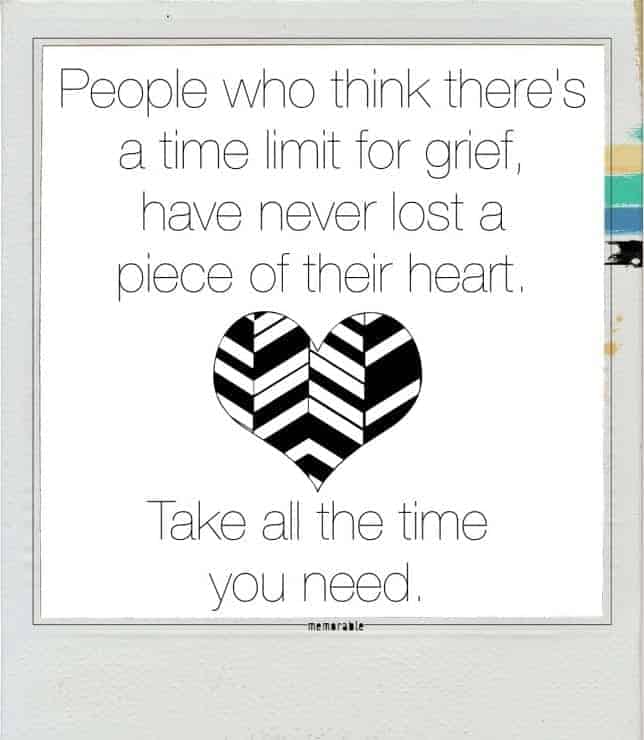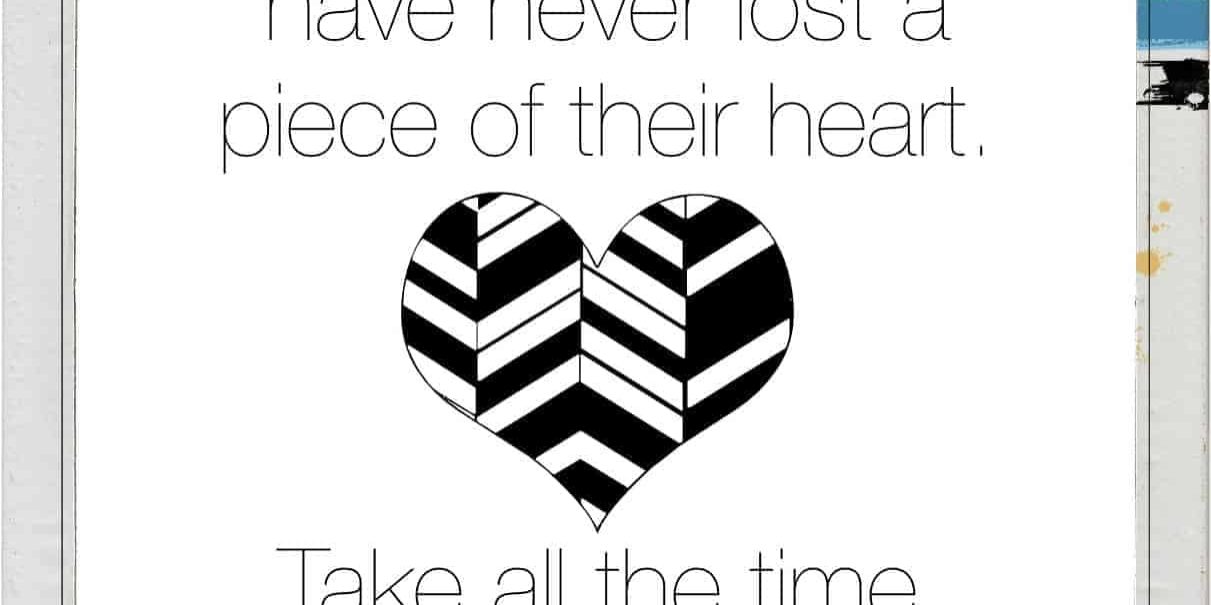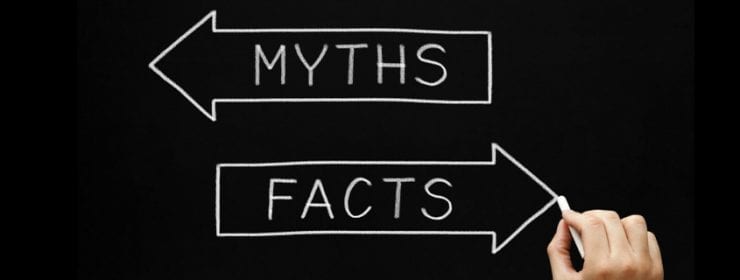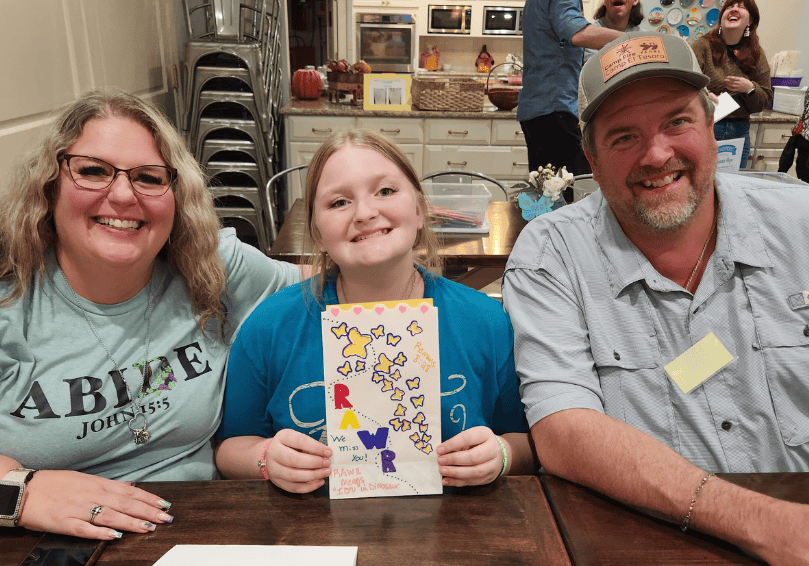 I often hear grieving children and adults say this to me: I don’t know what I’m supposed to be doing. After we dive in a little deeper, it’s clear the question is really “am I grieving the right way?” The last thing anyone needs to worry about when they have lost a loved one is if they’re doing it “correctly”. There are so many expectations placed on grieving individuals by others and by ourselves. These expectations are oftentimes rooted in myths that have been around for decades. Grief is personal and unique to all who are impacted by it. We say it so much here at The WARM Place. There is no wrong way to grieve, it is only important that you do. We don’t want anyone to hurt themselves or others in their grief but aside from that throw away those rules of what you should or should not be doing as you and your children grieve.
I often hear grieving children and adults say this to me: I don’t know what I’m supposed to be doing. After we dive in a little deeper, it’s clear the question is really “am I grieving the right way?” The last thing anyone needs to worry about when they have lost a loved one is if they’re doing it “correctly”. There are so many expectations placed on grieving individuals by others and by ourselves. These expectations are oftentimes rooted in myths that have been around for decades. Grief is personal and unique to all who are impacted by it. We say it so much here at The WARM Place. There is no wrong way to grieve, it is only important that you do. We don’t want anyone to hurt themselves or others in their grief but aside from that throw away those rules of what you should or should not be doing as you and your children grieve.
August 30th was National Grief Awareness Day. What a strange day of awareness because the truth is, there is not a single grieving person who isn’t already aware of their own loss. But it’s a good reminder for us all. Let’s be aware of the myths about grief. Let’s be mindful not to place them on people who are grieving. Let’s remember not to place them on ourselves or our children.
-All my best,
Lisa Nichols, WARM Place Program Director
1. MYTH: Grief has orderly stages that are completed.
FACT: Our reactions to grief are not linear in nature. We do not “complete” one stage of grief and move on to the next. It is normal and healthy to move in and out of different emotions and stages many times. Children will re-grieve the death loss as they progress through their life. This is normal and expected.
2. MYTH: Adult grief does not impact the bereaved child.
FACT: Children are keenly aware of the grieving adults around them and need accurate information about the death. Including the children in the activities and experiences following the death of a loved one diminishes anxiety and fear that otherwise may grow into negative behaviors. After the death of a loved one, a child from infancy through adolescence needs reassurance that their family will survive this difficult time. Adults should lean on other adults for support. Children should not be placed in the position to take care of the adults.
3. MYTH: Adults should avoid topics that cause a child to cry.
FACT: Tears are essential to healing for all ages. While it can feel exhausting to cry, it helps the healing process. Children also teach us that they are sad because their loved one died and therefore no one can say anything that will make them sadder. In other words, the children are already feeling sad about the loss of their loved one.
4. MYTH: An active, playful child is not a grieving child.
FACT: This is one of the essential differences in how child grieve. Once told that their loved one has died, a child will often protect themselves from the pain by engaging in a familiar activity. A young child may laugh, ask to watch cartoons or a teen may go outdoors immediately and shoot hoops or ride their bikes. This is a healthy self-soothing process. They should not be shamed for taking care of themselves.
5. MYTH: People need to “get over” their grief and move on.
FACT: The death of a loved one must be understood in the context of never getting over or moving on from this loss. The pain of the present will become more manageable, the grief less inflamed, but we will always experience parts of this pain for the rest of our lives. Children will also “re-grieve” a death loss at different developmental stages on their lives or during significant events. Telling this to a grieving child will comfort them rather than scare them.
6. MYTH: Children are better off not attending funerals.
FACT: Children benefit from being included if they want to participate. Asking the child what their preference is gives them some ability to take a situation that has careened out of control and place it back into their realm of oversight. Let them decide to change their minds. They have a personal relationship with the deceased and need to be given the option of attending each ritual. Being excluded only breeds anger, confusion, and shame.




